How to cite this article: Huub van de Sandt, “The Didache and its Relevance for Understanding the Gospel of Matthew,” Jerusalem Perspective (2016) .
The Didache and its Relevance for Understanding the Gospel of Matthew
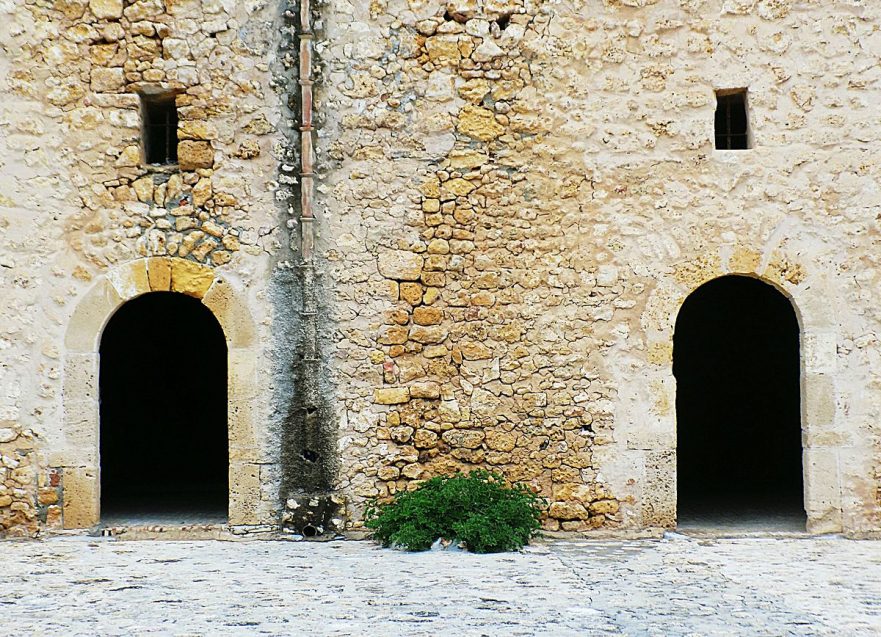
Below you'll see everything we could locate for your search of “Luke 3-6”

How to cite this article: Huub van de Sandt, “The Didache and its Relevance for Understanding the Gospel of Matthew,” Jerusalem Perspective (2016) .
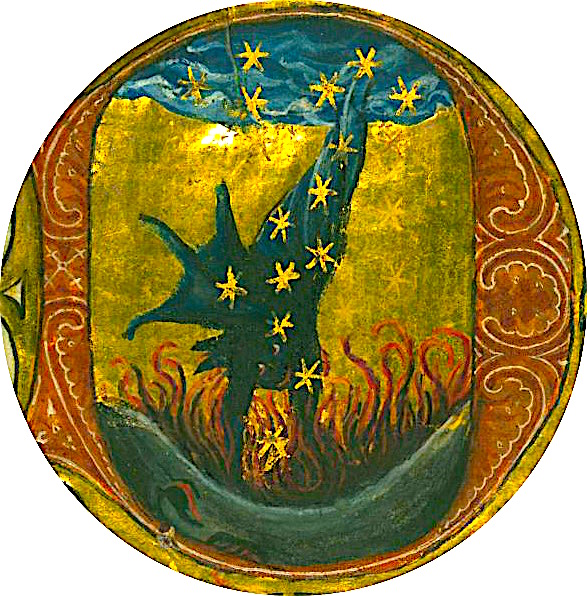
The above image shows a miniature painting by Dirc van Delf appearing in an illuminated manuscript (ca. 1400) depicting the fall of Satan from heaven. Image courtesy of Wikimedia Commons.
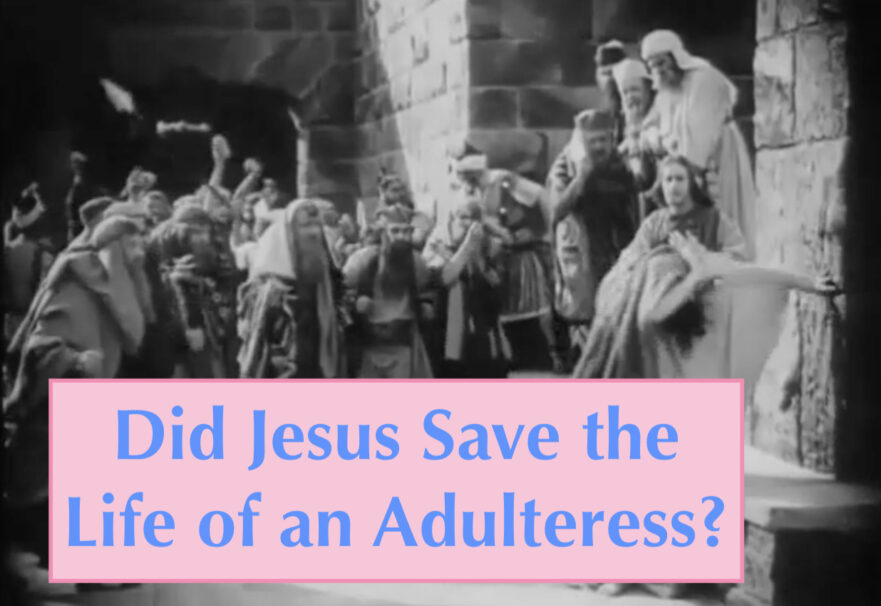

Interestingly, Jesus has this same debate with some Pharisees (about putting aside Sabbath laws) when he’s walking with his disciples and they pluck some grain to eat (Luke 6:1-5).
The more we know and understand the historical, cultural and linguistic background of the Bible, the more we are able to discern elements in the biblical text that heretofore have gone unnoticed. These can be elements that can greatly increase our understanding of the biblical text, reinforce our traditional conceptions, or at times radically transform our understanding by revealing totally unexpected information that affects how the texts would have been originally understood. In his book, Jesus, Rabbi and Lord: A Lifetime’s Search for the Meaning of Jesus’ Words, Robert L. Lindsey,See the chapter, “What Did Peter Say.”of beloved memory, explains how Peter’s confession in Matthew 16:13-20 is more than a simple confession that Jesus is the Messiah, and definitely not the first time that Peter or the other disciples realized that Jesus was the long awaited Messiah.
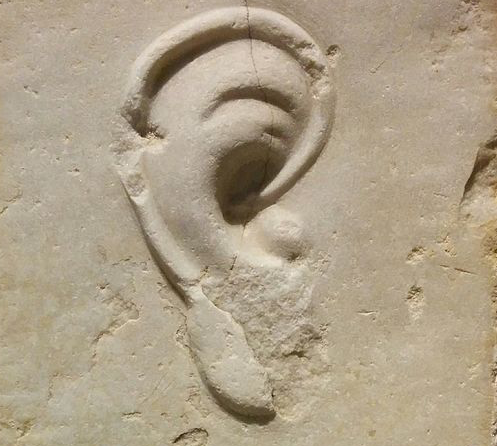
— wp:paragraph –>
While adaptation of existing parables is common in Rabbinic Judaism, Christian students are surprised to observe how closely Jesus’ parable of The House Built upon the Rock (Matt. 7:24-27; Luke 6:47-49) resembles an ancient similitude in Avot de-Rabbi Natan (Version A, chap. 24; Goldin, p. 103).
In the Gospel of Luke 3:23-38 the genealogy of Jesus is listed beginning with Joseph and going backward to Adam, “the son of God.”

Preface In March of 1998 I participated in an annual conference sponsored by the Centre for the Study of Biblical Research. Several sessions had been designated for me to speak, and during one of them I presented “Repentance: God Inhales.” The response from the audience seemed favorable, so upon returning to Wichita Falls, Texas, (where Janet and I lived for 22 months), I began entertaining the idea of transcribing, revising, editing, and eventually publishing the material in printed form. To achieve this goal, I received considerable assistance from others. Diana and Ronnie Hicks volunteered as transcribers.
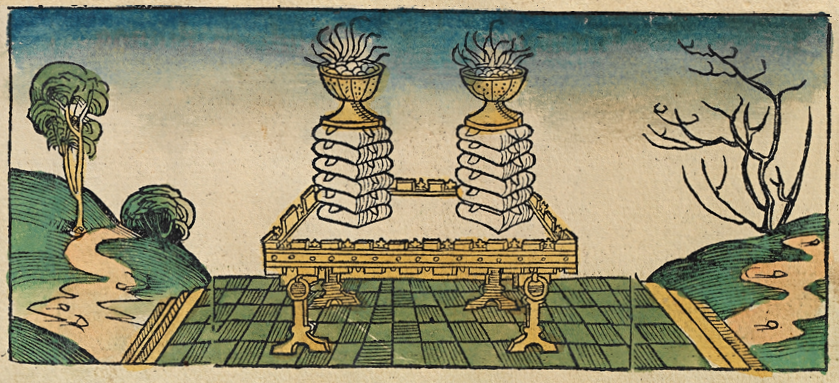
— wp:paragraph –>
Whereas Matthew 12:1 records that the disciples “plucked the grains,” Luke 6:1 says “they plucked…rubbing them in their hands.” … His question in Luke 6:9, “Is it lawful on the Sabbath…to save a life (or soul) or to destroy it?”

For example, the mother-in-law of one of Jesus’ disciples is mentioned in Luke 4:38.
And he stood over her and rebuked the fever, and it left her; and immediately she rose and served them (Luke 4:38-39; RSV).

מְתֻרְגְּמָן (me⋅tur⋅ge⋅MĀN) is Hebrew for “translator.” The articles in this series illustrate how a knowledge of the Gospels’ Semitic background can provide a deeper understanding of Jesus’ words and influence the translation process.
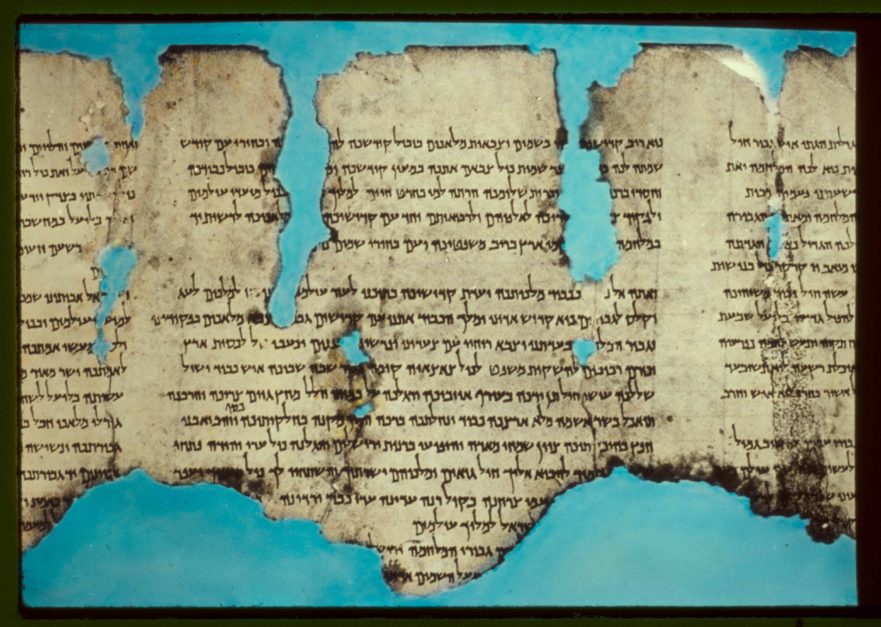
There is a vast difference between the approach of the Essenes toward unbelievers, and that of Jesus and his disciples. The Essenes practiced extreme separatism, particularly forbidding economic relations with outsiders.
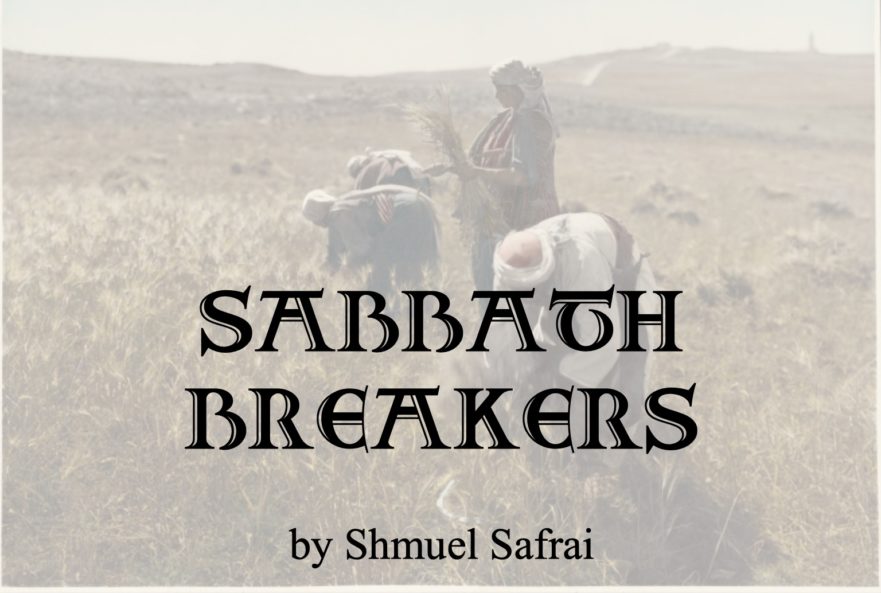
(Luke 6:1-5)
Although several of the most significant Greek manuscripts of Luke 6:1 read ἐν σαββάτῳ (en sabbatō, on a Sabbath), many others have ἐν σαββάτῳ δευτεροπρώτῳ (en sabbatō deuteroprōtō, on the second-first Sabbath).
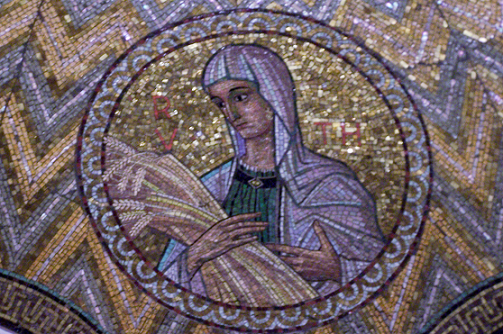
— wp:paragraph {“dropCap”:true} –>
The King James Version of Luke 6:1 speaks of the disciples plucking ears of corn, which to an American suggests yellow sweet corn rather than the grain the King James translators had in mind.